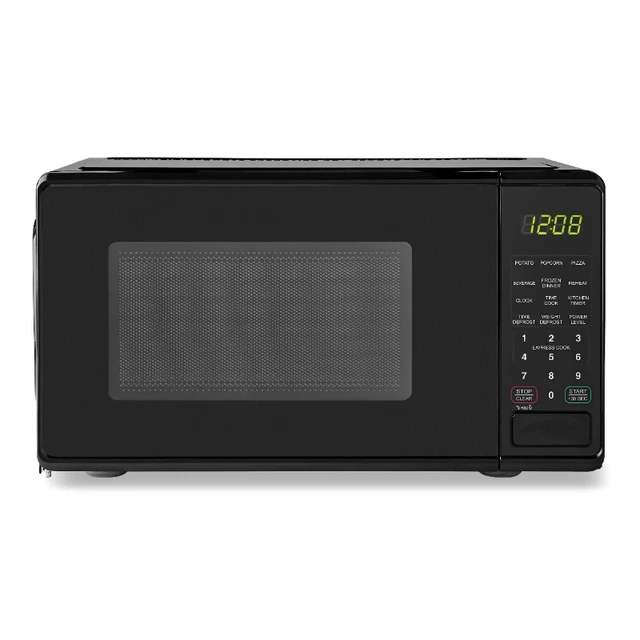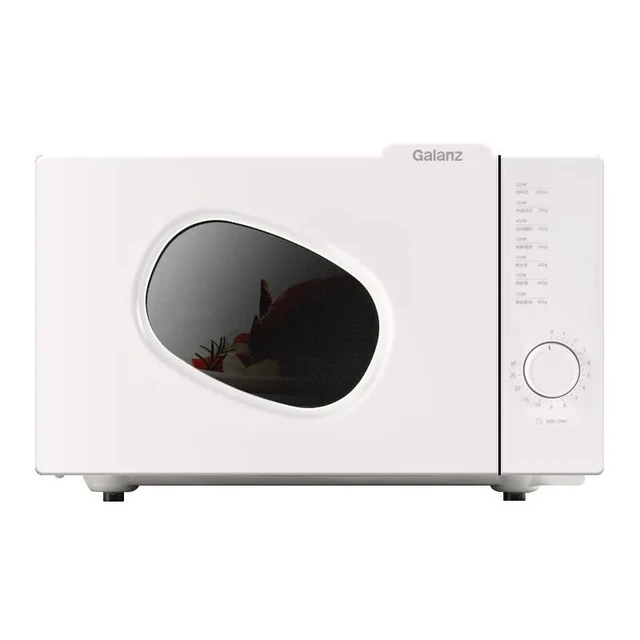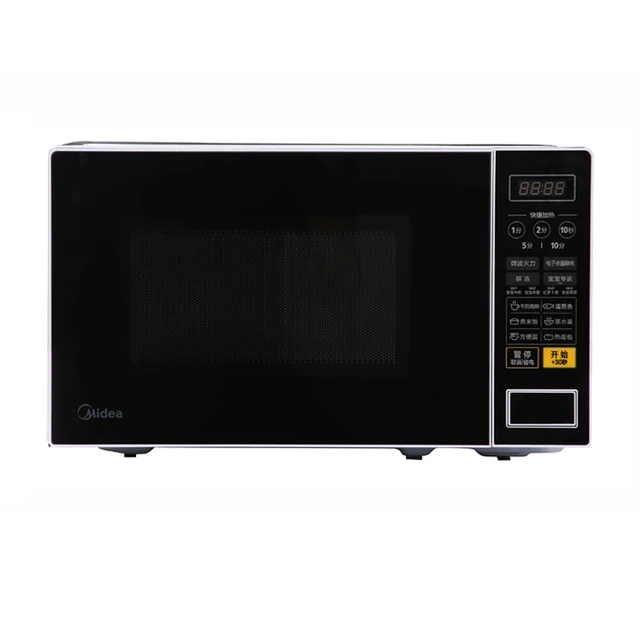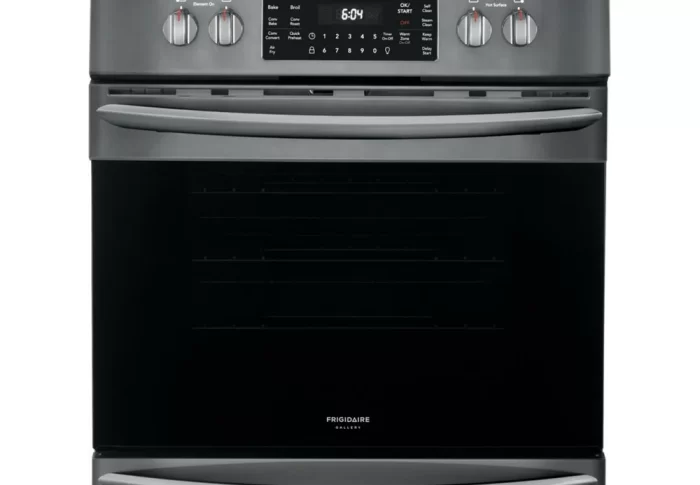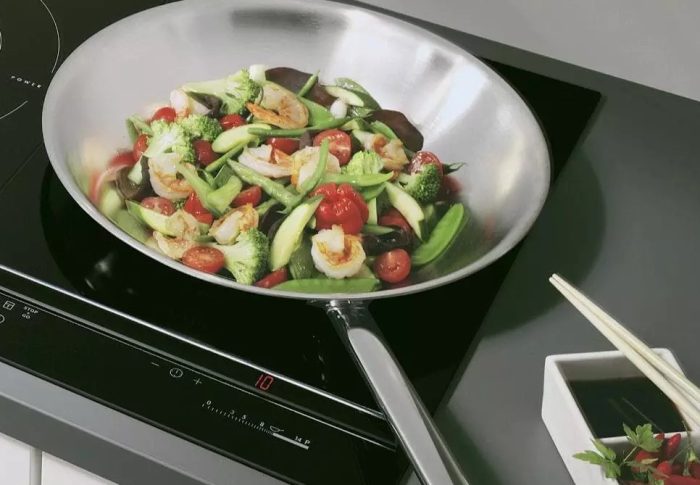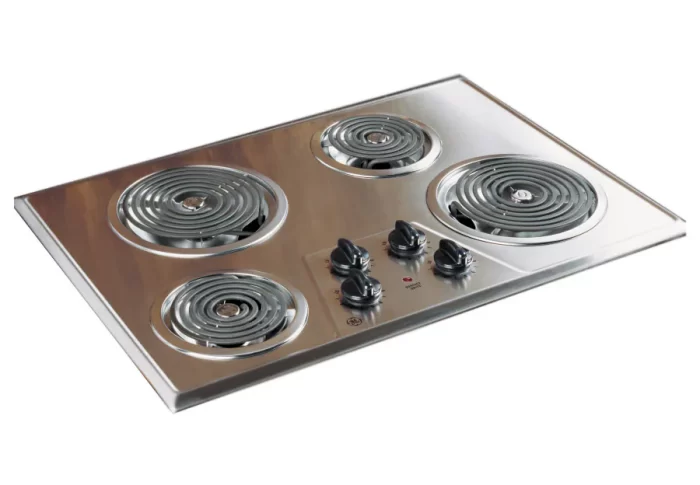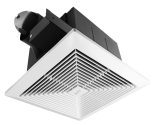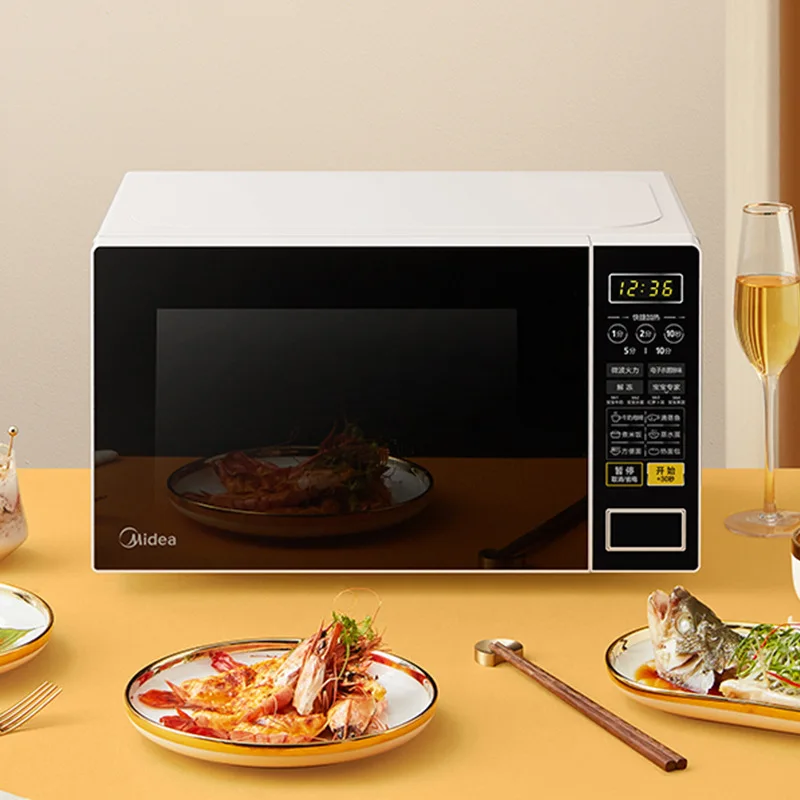
The Allure and Efficiency of Small Microwave
Small microwaves have revolutionized how we cook and reheat food, especially in our fast-paced modern world. They offer convenience and efficiency, making them a staple in kitchens of all sizes, from tiny apartments to spacious homes. As more people embrace the minimalist lifestyle, the demand for compact kitchen appliances grows, leading to innovative designs that deliver powerful performance without taking up much space. In this article, we will explore the advantages, features, types, and the future of small microwave.
The Advantages of Small Microwaves
Space-Saving Solutions
In urban living, where space is often at a premium, small microwaves fit perfectly in tight corners and small kitchens. They can be placed on countertops, shelves, or even mounted under cabinets. This flexibility allows residents of small apartments or students in dorms to enjoy microwave cooking without sacrificing valuable space.
Energy Efficiency
Small microwaves generally consume less energy than their larger counterparts. This energy efficiency not only helps in reducing utility bills but also benefits those who are environmentally conscious. A small microwave uses lesser power, which can be vital during these times of climate awareness.
Versatility in Cooking
Despite their size, many small microwaves come equipped with multiple cooking functions. Users can steam vegetables, defrost meats, and even bake or grill certain dishes. Advanced models offer convection cooking options that allow for even more versatility, proving that size does not necessarily limit capability.
Ideal for Quick Meals
In today’s fast-paced society, quick meal preparation is essential. Small microwaves are perfect for reheating leftovers, steaming vegetables in minutes, or quickly cooking pre-packaged meals. This is particularly beneficial for busy professionals who may only have a short lunch break.
Cost-Effective Option
For those on a budget, small microwaves can be an economical choice. They are generally less expensive than larger models, making them accessible to a broader audience. Additionally, their energy savings provide ongoing cost benefits that make them attractive even after the initial purchase.
Features to Look for in a Small Microwave
Size and Capacity
When selecting a small microwave, size and capacity should be primary considerations. Most compact models range from 0.5 to 1.5 cubic feet. It’s crucial to choose a microwave that best suits your cooking needs while still fitting comfortably in your designated space.
Power Rating
Microwave power is typically measured in watts, with small microwaves ranging from 600 to 1200 watts. Higher wattage means quicker cooking times, so look for a model with at least 700 watts for effective reheating and cooking.
Control Type
Microwaves come with various control options, including dial controls, push buttons, and digital displays. Choose a microwave that offers intuitive controls to ensure ease of use. Digital models often provide preset cooking options, enhancing user convenience.
Turntables
Many small microwaves come with turntables that promote even cooking. Models with a removable turntable allow for easy cleaning, which is a significant benefit in maintaining hygiene in the kitchen.
Built-in Safety Features
Safety is paramount, especially in households with children. Many small microwaves include child lock functionalities, automatic shut-off features, and cool-touch exteriors that minimize the risk of burns. These features are essential for those who prioritize household safety.
Types of Small Microwaves
Countertop Microwaves
Countertop microwaves are among the most common types of small microwaves. They are easy to install, require no special modifications, and can be positioned anywhere on a countertop. Their capacity typically ranges from 0.5 to 2 cubic feet.
Over-the-Range Microwaves
Over-the-range microwaves serve dual purposes, acting as a space-saver while also functioning as a range hood. These are ideal for kitchens lacking countertop space. Though typically slightly larger than standard countertop models, many options are designed to fit in tighter spaces.
Built-in Microwaves
Built-in microwaves are designed to fit seamlessly into kitchen cabinetry, offering a sleek look. While they may require more installation effort, they save counter space and provide a modern aesthetic. Built-in models come in various sizes, including compact options perfect for small kitchens.
Microwave Ovens with Grill Function
Grilling microwaves combine traditional microwave functions with grilling capabilities. These versatile appliances have a heating element on the top that allows for browning and crisping food, adding a unique flavor and texture that a regular microwave cannot provide.
Tips for Using a Small Microwave Effectively
Organizing Your Kitchen
To maximize the use of a small microwave, consider efficient kitchen organization. Keep frequently used items close to the microwave, and ensure that the appliance has sufficient space around it for ventilation. This organization will save time and enhance the cooking experience.
Using Microwave-Safe Containers
Not all containers are microwave-safe. When cooking or reheating, use glass or ceramic containers labeled as microwave-safe to avoid harmful chemicals leaching into food. Avoid using metal or certain plastic containers that can warp or catch fire in the microwave.
Covering Food
Covering food while microwaving helps retain moisture and prevents splatters. Using a microwave-safe lid or a paper towel can keep your microwave clean and ensure even heating.
Utilizing Preset Functions
Many small microwaves come with preset functions for common foods like popcorn, pizza, or baked potatoes. Take advantage of these presets to save time and ensure your food cooks perfectly.
Regular Cleaning
Regularly cleaning your small microwave is crucial to maintaining hygiene. Wipe the interior with a damp cloth and a mild cleaner to prevent food buildup. A clean microwave not only looks better but also performs more efficiently.
Experimenting with Recipes
A small microwave can be much more versatile than you might think. Try experimenting with various recipes specifically designed for microwave cooking. From mug cakes to steamed vegetables, there are countless ideas that can be easily accomplished with a small microwave.
The Future of Small Microwaves
Smart Technology Integration
As technology continues to evolve, small microwaves are also benefiting from innovations in smart home connectivity. Some models are now equipped with Wi-Fi capabilities, allowing users to control the microwave remotely through smartphones. This feature can be particularly handy for those with busy lifestyles who wish to preheat or monitor cooking progress on the go.
Enhanced Energy Efficiency
The push for sustainable living is leading to the development of increasingly energy-efficient appliances. Future small microwaves are likely to incorporate advanced energy-saving features and smart sensors that adjust cooking times and power based on food type and quantity.
Customization and Aesthetics
With the rise of personalized consumer products, expect to see more customization options for small microwaves. Whether it’s color choices or customizable designs, manufacturers will cater to individual tastes, allowing buyers to select appliances that fit their personal style and kitchen design.
Improved Cooking Technology
The future may bring improved microwave cooking technology, such as better sensors for cooking times and humidity detection, ensuring that food is cooked more accurately and evenly. Research and development in microwave cooking technology could lead to products that simplify cooking and make the process faster and easier.
Diagnosing Common Microwave Issues
No Power
Checking the Power Supply
The first step in troubleshooting a non-functional microwave is checking the power supply.
- Plug Check: Ensure the microwave is plugged in correctly.
- Outlet Test: Test the outlet by plugging in another appliance.
- Circuit Breaker: Check if the circuit breaker has tripped.
If all these checks are satisfactory, you may need to explore internal issues.
Microwave Turns Off Suddenly
Overheating Issues
If your microwave turns off abruptly during operation, overheating could be the issue.
- Clean Vents: Dust and debris can block ventilation.
- Check Cookware: Metal cookware can cause arcs and shut-off mechanisms.
- Inspect the Fan: A non-functional fan can lead to overheating, so check if it’s running.
If these checks reveal no issues, further investigation into internal components may be necessary.
 Uneven Cooking
Uneven Cooking
Turntable Issues
One of the main reasons for uneven cooking is a malfunctioning turntable.
- Check the Turntable: Ensure it is correctly positioned.
- Inspect the Coupler: The coupler is responsible for turning the turntable. If it’s damaged, replace it.
- Clean the Tracking System: Dust and food remnants can affect turntable movement.
If these steps do not resolve the issue, the microwave’s internal mechanisms may need checking.
Microwave Sparks or Arcing
Understanding Causes of Sparking
Sparking is not only alarming but can also cause significant damage.
- Check for Metal: Remove any metal objects, as they can cause arcing.
- Inspect Waveguide Cover: Damage to the waveguide cover can also lead to sparking.
- Check Food Packaging: Some materials used in packaging can spark; ensure they are microwave-safe.
If the problem persists, further diagnostic tests should be carried out.
Conclusion
Small microwaves stand as indispensable companions in today’s kitchens, providing efficiency, versatility, and convenience without consuming much space. Whether you live in a compact apartment or simply want to streamline your cooking processes, a small microwave can successfully meet your needs. As technology advances and consumer preferences evolve, the future holds exciting innovations for these compact appliances, ensuring they remain a vital part of our culinary routines. With such substantial benefits and ongoing developments, opting for a small microwave is undoubtedly a smart choice for modern living.


